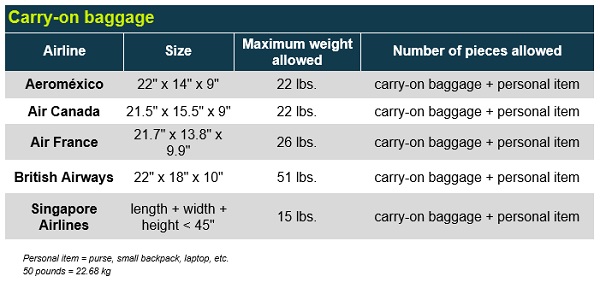

Write the words “Live Animal” on the sides and top of the carrier, along with arrows to indicate the top of the crate.Each crate should contain separate bowls for water and food, accessible from the inside (Tip: It’s also a good idea to keep an extra serving or two of food in a bag taped to the top of the carrier in case of any delays, along with a notice asking for your pet to be fed by a certain time if you’re delayed in picking them up.).For dogs, have a collar and leash handy to walk your pet once deplaned.

Your animal must be at least eight weeks old and fully weaned.Per Federal Aviation Administration regulations, the pet carrier must be small enough to fit under the seat in front of you, allowing for other passengers to easily reach the aisle.Though individual airlines’ requirements vary, these additional guidelines are universal: Do the same on your pet’s collar remember that a reachable phone number is the most important detail. Attach to the kennel a note with your flight number, contact information and pet’s name. In case of separation, it’s important to mark your pet – as well as carrier – with proper ID tags. pjmorse, Are we there yet? via Flickr CC BY-SA 2.0 Remember to include objects that the animal is familiar with, whether it’s a favourite toy or cozy blanket from home.

Different airlines have different dimension requirements, though the universal must-haves include food and water dishes, bedding and other necessities. Invest in a container that leaves your pet room to turn and stand up without hitting their head on the top of the carrier. Squeezing your dog or cat into the claustrophobic kennel you purchased when they were just wee ones won’t do on a flight, whether short- or long-haul. When it comes time to deciding what your pet will be travelling in, considering their comfort is a must.

If you live in a city, take your pet for a ride on the subway or other mode of public transportation to familiarize them with both the movement and the crowds.
#DELTA PET WEIGHT LIMIT TRIAL#
First, it’s important to schedule trial runs before the big day. Preparation Jim Winstead, Wonton in his crate via Flickr CC BY 2.0įirst-time fliers are sometimes overwhelmed, so there are a few things you can do to make the situation easier. Hawaii, for instance, is a rabies-free state and some animals could be quarantined for up to 120 days upon arrival. Be aware of destination-specific restrictions.If you don’t have insurance coverage for your furry friend, consider getting it. Make sure your pet is adequately insured and that the policy covers travel.Ask the airline if you need to get an acclimation certificate from your vet, showing that your animal is cleared to fly in temperatures lower than 7 degrees Celsius. If you’re flying during winter or summer months, be sure that both the hold of the plane and the cargo facilities at the airport are climate controlled.Choose direct flights to minimize the time your pet is travelling.In addition, here are some other pre-flight guidelines to keep in mind. Many airlines limit the total number of animals allowed within the cabin on each flight, so it’s important that a reservation be made sooner rather than later and confirmed 24-48 hours before departure. Start by checking your airline’s website for regulations, but also get a verbal confirmation that you and your pet are set to fly. Before you fly Quinn Dombrowski, Take Alla too via Flickr CC BY-SA 2.0 To ensure a safe flight, it’s important that owners recognize the health needs of their pets – those that are especially important 35,000 feet in the air. Here are some guidelines to help both pets and their owners fly comfortably. While a 68-kilogram Mastiff or 34-kilogram Lab obviously won’t qualify, most small dogs and cats will. And that means flying. Airlines have adjusted their policies, too, allowing for pets to travel in cabins with their owners in most cases, provided the animal is small enough to fit in a pet carrier. As pets have evolved more and more into full-fledged members of the family, owners have begun including their four-legged friends in their travel plans.


 0 kommentar(er)
0 kommentar(er)
